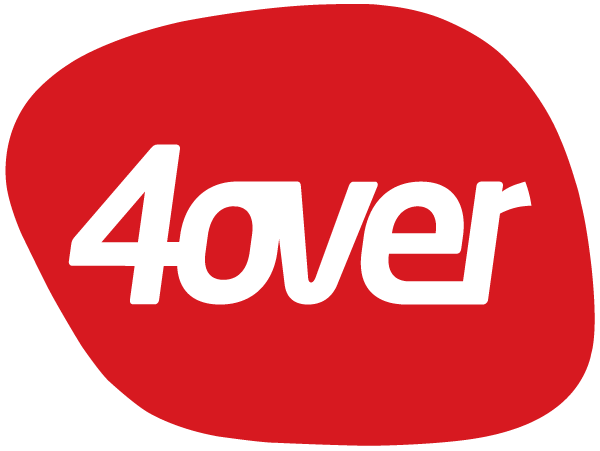1. Determine Your Platforms
Determine the platforms where your consumers are. Make sure to choose wisely and don’t spread yourself too thin. Pick two or three platforms and remain consistent with your posts, making sure they’re in line with your business objectives.
2. Do Your Homework
Do a little bit of homework. Familiarize yourself with different platforms and see what types of businesses are using specific ones to boost their brands. This should help to give you a better idea of what’s right for you. For example, Pinterest and Instagram are very image-focused platforms so if, say, you’re a graphic designer, then these are probably great places for you to showcase your designs and follow others in your industry. If you’re a lawyer, Pinterest might be a bit more challenging in terms of your postings; however, it can work!
3. Give Yourself a Schedule
Next, create some sort of posting/pinning/Instagramming/Tweeting/etc schedule. If you can post twice per day to sites like Facebook and Twitter, that’s great. If WordPress (or another blogging tool) is one of your platforms, make sure you’re creating, at the very least, one blog post per week (ideally, three+ posts per week or even every day if you want people to stay engaged). Remember, your blog posts don’t always need to be lengthy—mix in lengthier articles with things like product updates and posts that are image-heavy. This will keep you from getting burned out since writing long pieces of original copy every single day can be exhausting.
4. Use Images and Keep it Short (with the exception of your blog)
Use images in your posts and, with the exception of your blog, keep your posts short and sweet. Make sure that you’re using high-quality images and that they’re relevant to your subject. Your audience has a short attention span and, for example, Twitter only allows 140 characters per post. This rule is for your benefit because it ensures that your content actually gets read. The 140 character limit rule happens to be a good rule of thumb for Facebook, LinkedIn, or any other platform (again, besides your blog) where you’re posting a status update. Keep in mind with all of this that you’re leaning in the direction of quality versus quantity.
5. Get Your Metrics
Get your social media metrics from Google Analytics so that you can track the success rate of your specific content in order to measure and optimize your marketing—and learn as much as you can about SEO (search engine optimization) while you’re at it. SEO Moz (moz.com) and The Beginners Guide to SEO are great resources to give you a basic grasp of the subject if you’re not already familiar with how search engines operate—or even if you are. Soak up as much info as you can.
6. Use a Call to Action
Ninety plus percent of the time, you should have a call to action in your social media post, whether that call to action is telling the reader to “Like,” “Download This,” “Shop Now,” “Learn more HERE,” you get the idea. A call to action does not always have to mean that you’re asking your customer to make a purchase, it’s simply a way of engaging them with action language. For more on calls-to-action, check out this Hubspot article, 20 Critical Dos and Don’ts for Clickable Calls-to-Action.
7. Be Consistent
Now, take everything that you’ve learned from the first six tips and throw some consistency into the equation. It’s probably the most critical aspect of your entire endeavor. Social Media Marketing does not award you and your company with enormous brand recognition overnight. It requires consistency so that you can become fully engaged and connected with your audience, and so that they can get to know you. One of the biggest things social media does for your brand is to humanize it—it serves as a way for your audience to form a bond with you. But just like with any relationship, both online and in life, establishing a bond takes time. So stay focused and don’t give up. Post, post, post, and post some more! And enjoy it. Stay in it for the long haul and we promise your brand will thank you. You’ll be rewarded for your dedication.
So there you have it. Use these seven tips as a guide to help you with your social media marketing campaigns and you’ll be on the road to success in no time. And, most importantly, have fun with it.
Do you have any tried and true Social Media Marketing methods that work well for you and your business? If so, we’d love to hear about them. Please share them with us on our Facebook Page! And make sure to mention this post.
REFERENCES:
http://www.socialmediaexaminer.com/16-social-media-marketing-tips-from-the-pros/
http://www.postplanner.com/58-social-media-tips-for-content-marketing/
http://www.convinceandconvert.com/integrated-marketing-and-media/33-hot-social-media-tips/
http://fixcourse.com/social-marketing-tips/
http://moz.com/beginners-guide-to-seo




